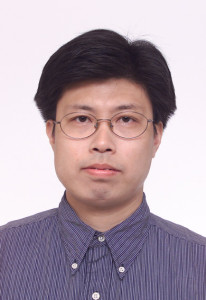Undoubtedly, the video data is becoming more and more important in a lot of engineering fields, and also in the daily life of human beings. In this talk, two approaches in two different perspectives help achieve the better and deeper understanding of the video data, are introduced, namely, the video key frame selection and its visualization, and the trajectory clustering and visualization. Firstly, A new technique for key frame extraction and 3D visualization, for the sake of video browsing and exploration, is presented. Our proposed approach for key frame selection makes use of the information theory metrics and the f-divergences for calculating the frame-by-frame distance to segment the video clip and then to obtain the key frames. As for the visualization, a 3D interactive interface to display the key frames and their related comprehensive information to provide an expressive exploration of key frames as well as their video contexts is presented. A visualization utility, killTool, used for interactively removing the possible redundant key frames is also developed.
Secondly, a new method for the trajectory clustering and visualization is demonstrated, as an effective way to help observe and understand the (video) motion trajectory data. The main contributions by the proposed method involve the hierarchical clustering in consideration of both speed and direction properties of a trajectory, the introduction of the uncertainty for the updating trajectories based on their speed and direction attributes, and the graphical visualization on the clustered trajectories. In the end, some future considerations are highlighted and discussed.
Short bio:
Qing Xu is a full professor at the School of Computer Science and Technology at Tianjin University, China, where he is also the Director of the Information Technology Research and Civil Aviation Applications Laboratory. He received the M.S. and Ph.D. degrees, respectively in 1998 and 2001, in computer science and technology from Tianjin University, China. His skills include diverse aspects of the information technology, from theory to practice, thanks to acting different roles in different working situations. His research activities cover interdisciplinary fields related to visualization, visual analytics and computer graphics, digital image/video processing, information theory and fuzzy techniques. He has been leading national, international cooperation and industrial research projects, and teaching courses in the technical areas mentioned above. He also serves for the program committee and/or reviewer of a number of journals and conferences in computer graphics, virtual realities, and image/video processing.
Currently, his research interests are in Visual Analytics on Video Data, Analysis of (Video) Motion Trajectories, Monte Carlo based Realistic Image Synthesis, and information theoretic based computational aesthetics.

